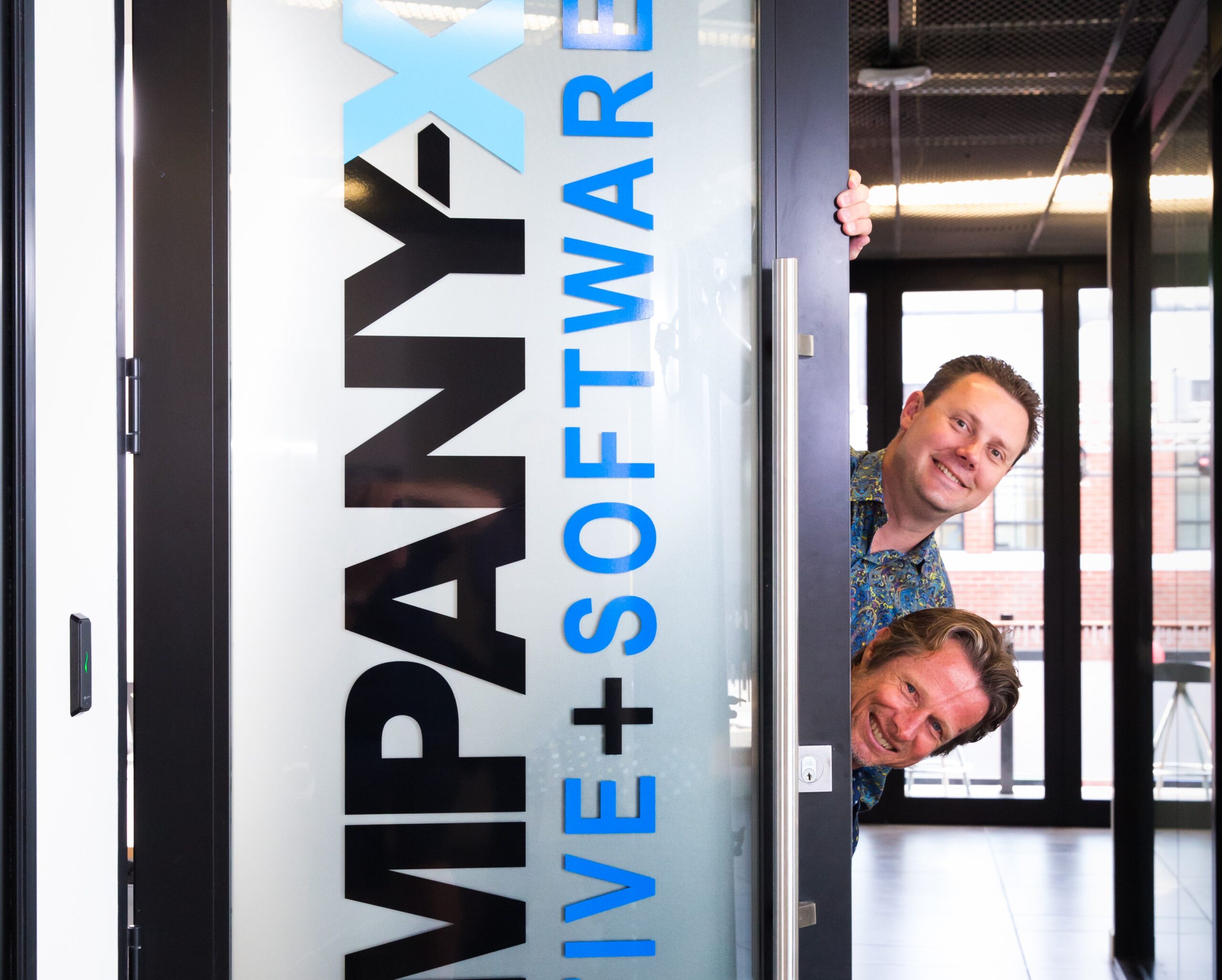When bootstrapping beats VC funding
Enterprise communication software specialist SnapComms is proof that bootstrapping can achieve spectacular business growth and be a better growth option over outside investors. Like many idioms, ‘pulling yourself up by […]
Enterprise communication software specialist SnapComms is proof that bootstrapping can achieve spectacular business growth and be a better growth option over outside investors.
Like many idioms, ‘pulling yourself up by the bootstraps’ sounds somewhat ridiculous – but when applied to business growth, it’s a strategy that can be seriously successful.
SnapComms co-founder and chair Sarah Perry (pictured) knows this through personal experience – because SnapComms’ growth was totally bootstrapped and today the company has more than two million paid users in more than 75 countries.
Perry is so convinced of the merits of bootstrapping over venture capital options, and in many cases crowdfunding, she wrote a book about it: BRAVE Bootstrapping. How to Grow a Global Tech. Business without VCs.
Perry believes young companies looking to grow are at risk of stumbling over some of the misconceptions around funding. “Entrepreneurs that talk big about fast growth are really just trying to get investors on board. They hope to irritate their competitors or create enough hype to be bought out by a larger company, or to IPO and have the general public pick up the issues that inevitably appear down the track.
“If you are starting out don’t follow the VC playbook blindly,” she says. “Seek out successful bootstrapped founders and talk to them to get other perspectives.”
Perry says bootstrapping worked for SnapComms because in the early days they had young children and ran the business from home. “We knew that if we signed up investors we’d have to trade work-life flexibility and spend less time with our children. It just seemed easier to minimise personal costs, work other jobs, and to win customers to fund the business growth. We also liked not having to answer to anyone except customers.”
Perry says crowdfunding has its place, but comes at a cost because it takes a lot of time to do well. “It also only works for some product offerings – typically B2C.
“Sadly the media and industry influencers still seem to celebrate when companies get funding but we are really just celebrating dilution and increased pressure on founders and employees.”
Perry reminds fresh entrepreneurs that if they bootstrap they can always change their mind later, but it doesn’t work the other way around. As for the argument that bootstrapping won’t allow you to be ‘first-to-market’, Perry believes egos must be reined in. “We need to be realistic about the fact that as New Zealanders we really don’t have access to the mega-buck VC deals or connections required for intensive mass marketing and mass market education.
“A first-to-market advantage is often actually a disadvantage as others copy – after you’ve invested time and dollars educating the market.”
Innovation and smart sales and marketing (and clear positioning of value), starting in safer protected niches (and then expansion from a position of strength) is a more realistic approach, she says.
Perry believes the media has a love affair with VC funding – which creates a distorted perception for newcomers. “It’s important to share stories about successful bootstrapped companies to provide balance.”
Her top tips on business growth?
- Create a product of real value that customers are willing pay for (upfront if possible).
- Stay close to those customers, look after them and learn from them. They can be your best source of new ideas and, if you’re lucky, will advocate for your product and refer others to you.
- Always keep three times your monthly costs in the bank (at least after the first lean years). You’ll sleep at night and so will your employees!




